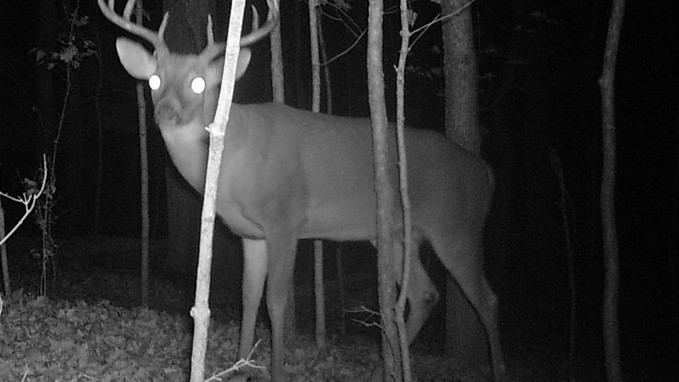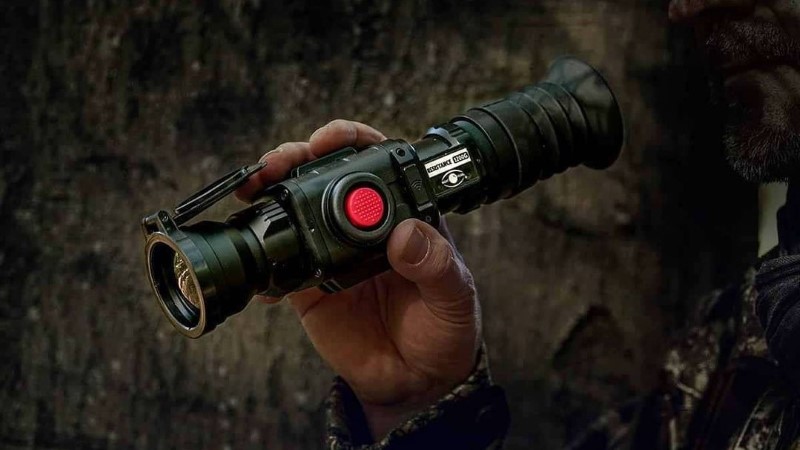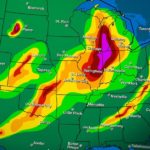
Quick Tips for Night Vision Hunting
Table of Contents
Practice Adjusting in the Darkness
Training is crucial when using nighttime vision since it is never enough if you just train using the unit during daytime. As you will be operating by feel in the darkness, it would be better if you become more familiar with your unit during nighttime when you cannot see what you are doing. It is becomes even more important as you make adjustments to give room for different distances, change the color profile, or adjust zoom when hunting at night.
Maintain Good Eye Relief
When you use a night-vision device, your vision is not just limited in distance as this can also severely hamper your peripheral vision. This means that you need to be even more aware of the situation. Safety is extremely important when hunting at night. Limited visibility can reduce your awareness of the situation that can increase the risks of accidentally sweeping the muzzle or worse.

This reduction of peripheral vision can go up to 60%. Having said this, you need to keep your unit away at a good distance from the eye socket similar to a scope. This is because the limited viewing field means it is more likely for you to bump into something. When there is enough space between the device and you, you will be in the clear better since the unit got some give.
Give Your Eyes Proper Training
Since your eye muscles will be strained in picking up movement as you look through the unnatural filtered lens set, it is recommended that you exercise your eyes to get used to all the changes that you will experience as you look through your night-vision unit. It is recommended that you begin your first several hunts with half an hour behind your optic and another half an hour off of it. Increase the use by 15 minutes or so afterwards to prevent vision strain and headaches.
How About Thermal Optics?
Since night vision and thermal optics have different functions, there are also different applicable rules. Instead of accumulating light then channeling this to an optic for vision improvement, thermal optics pinpoint heat signatures from the objects then project these different temperature signatures as specific colors in the color scale.




